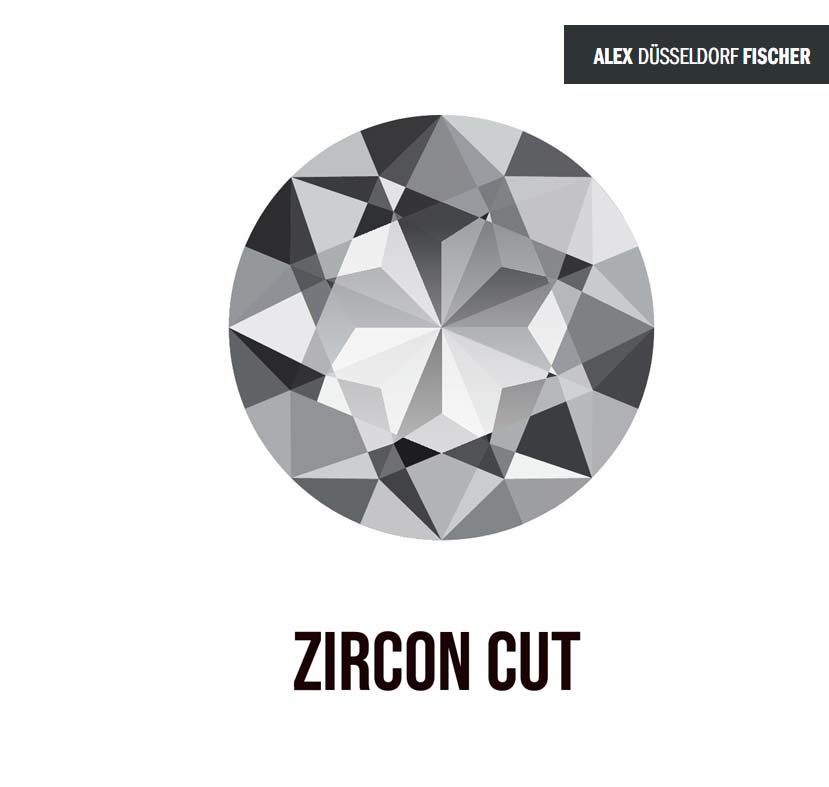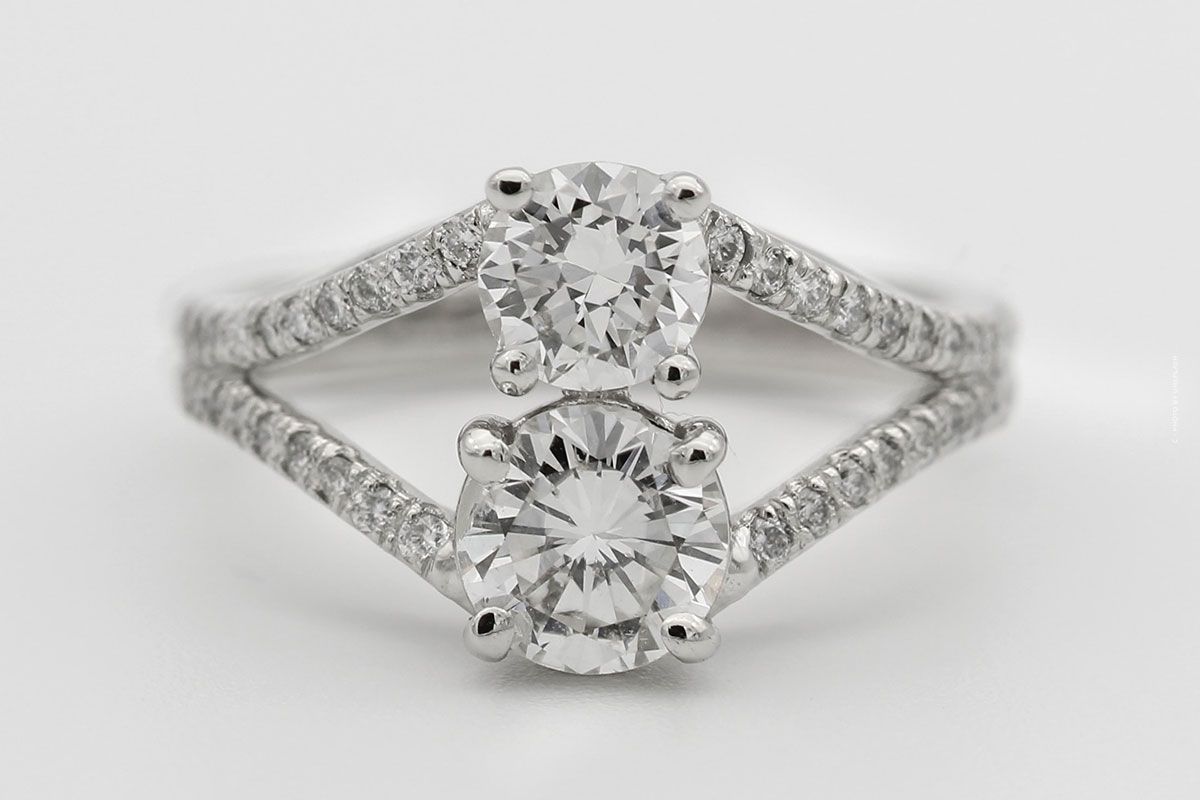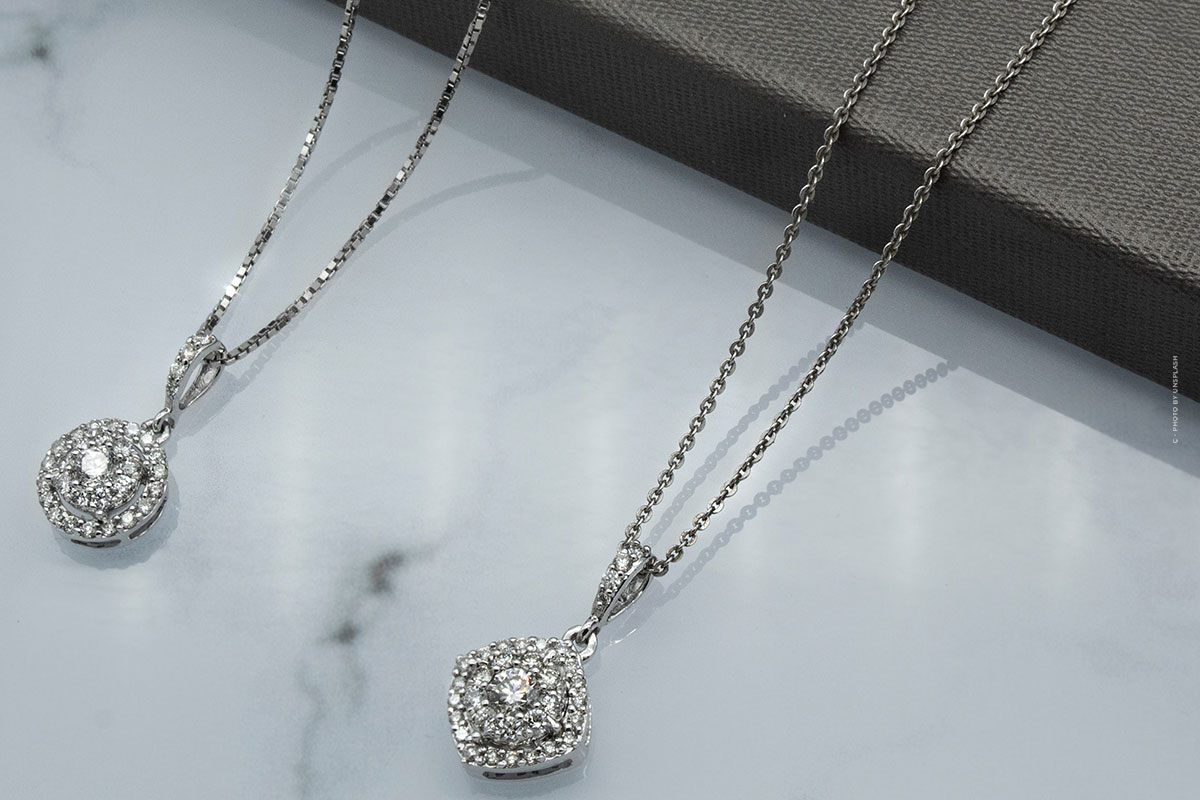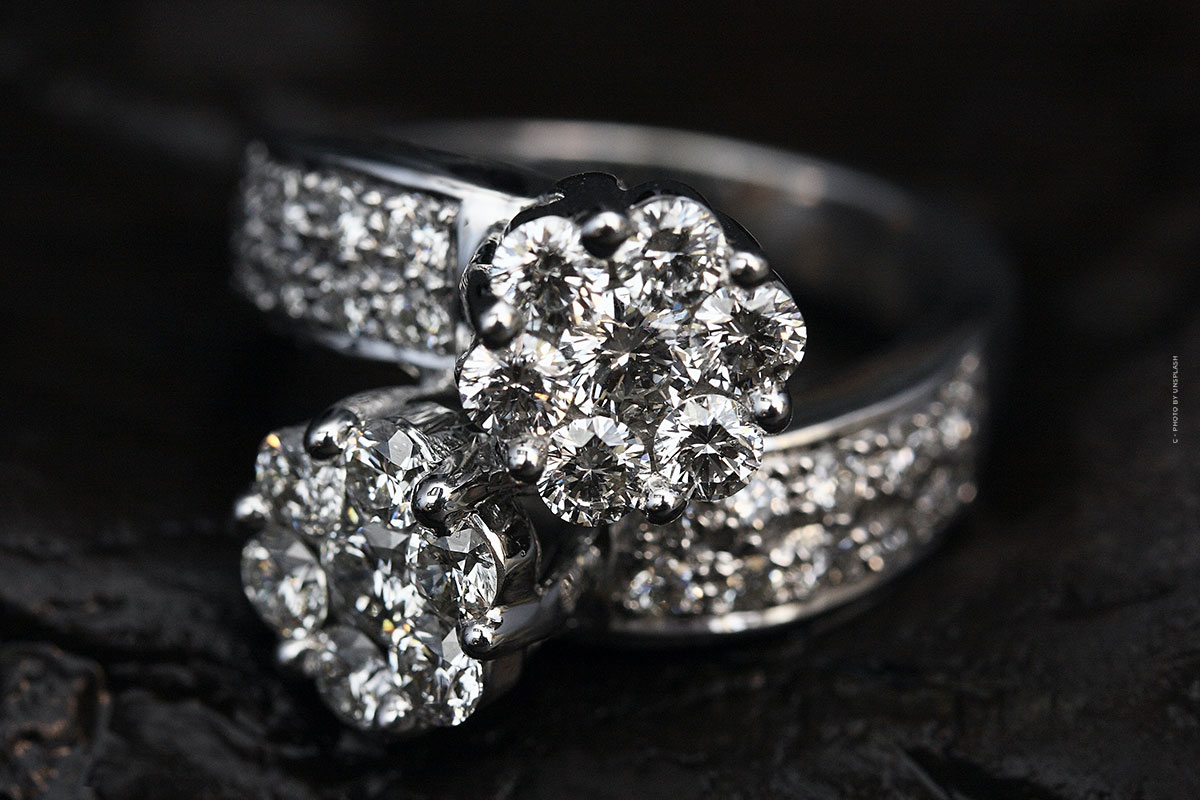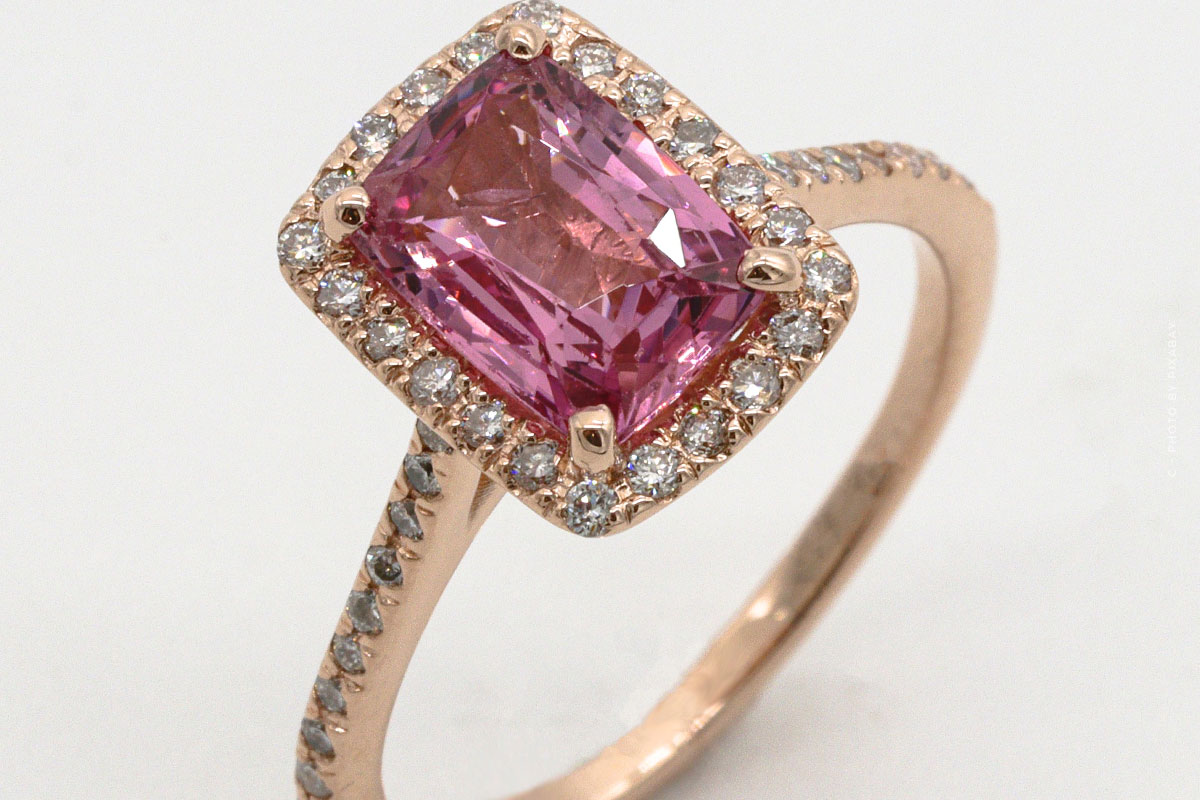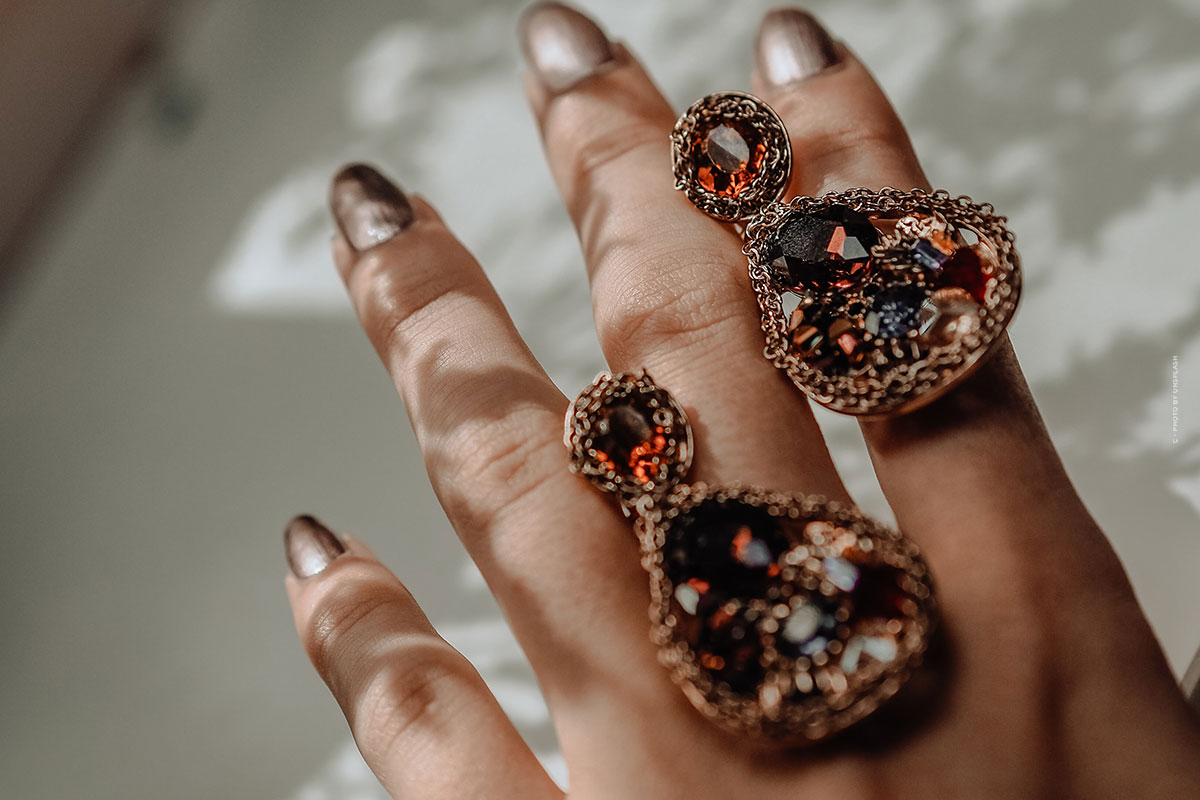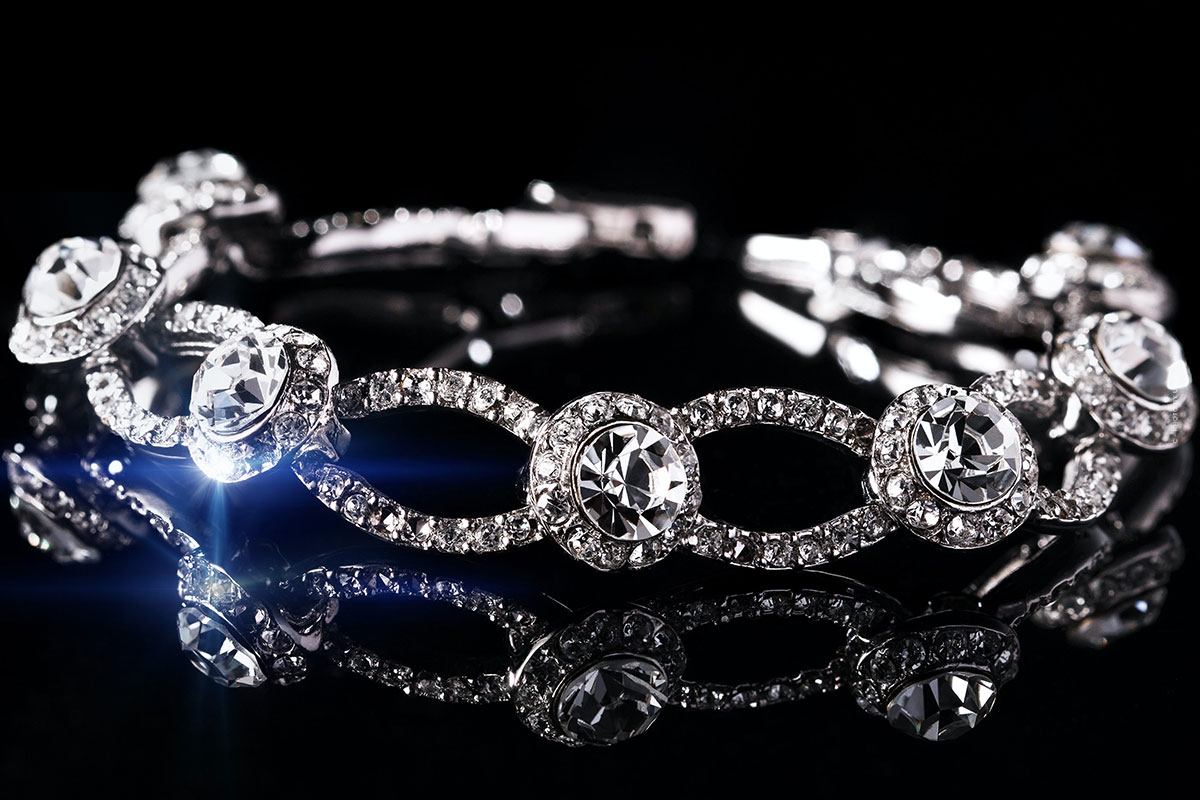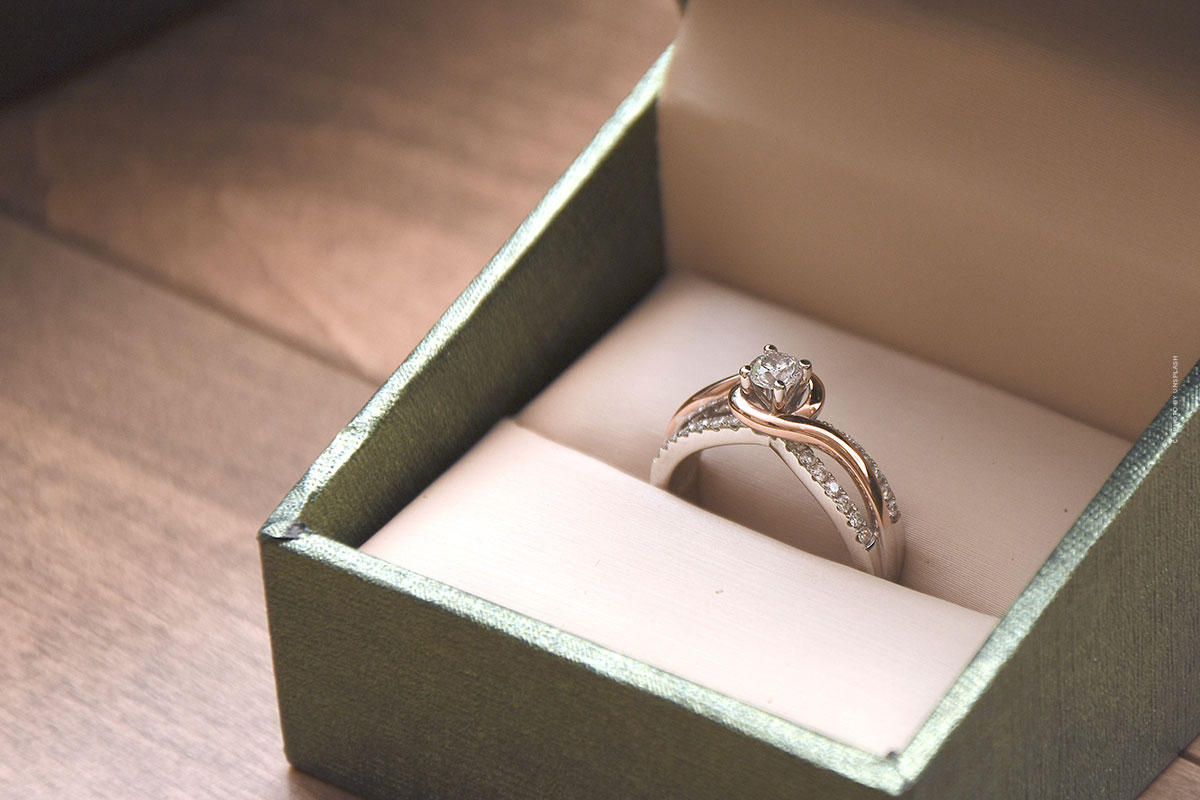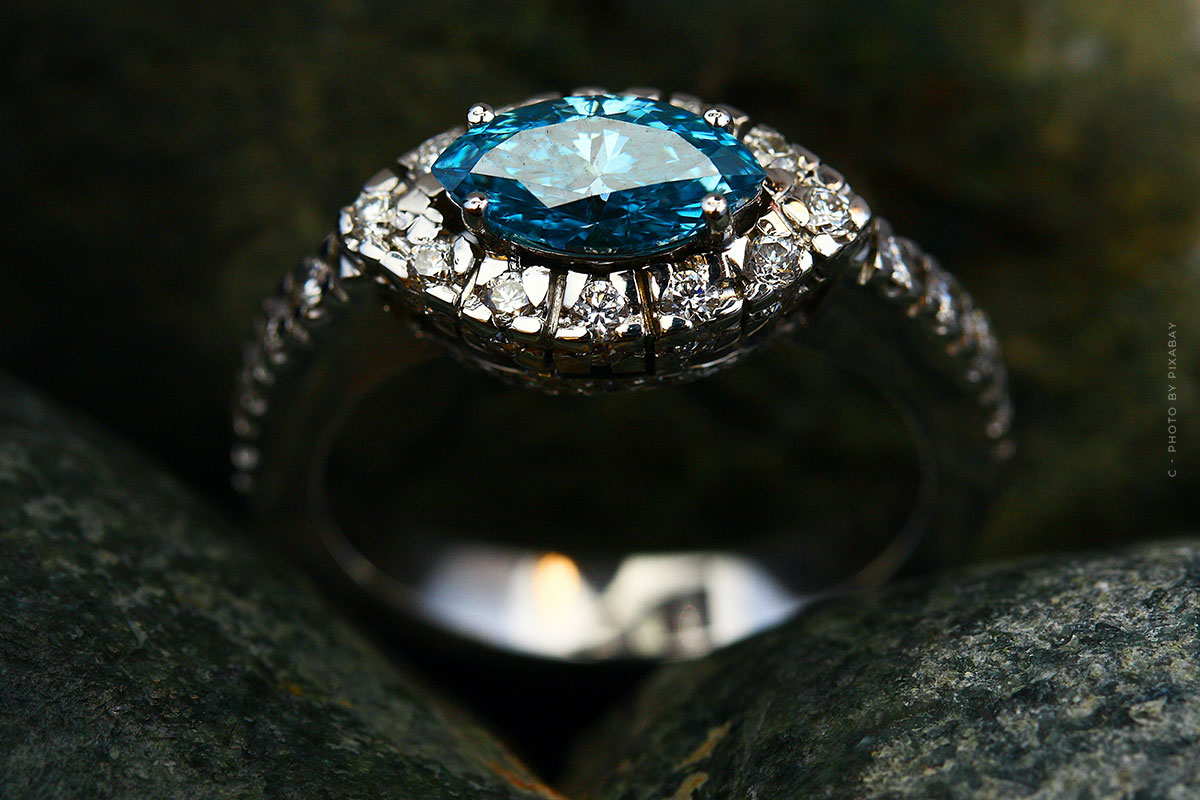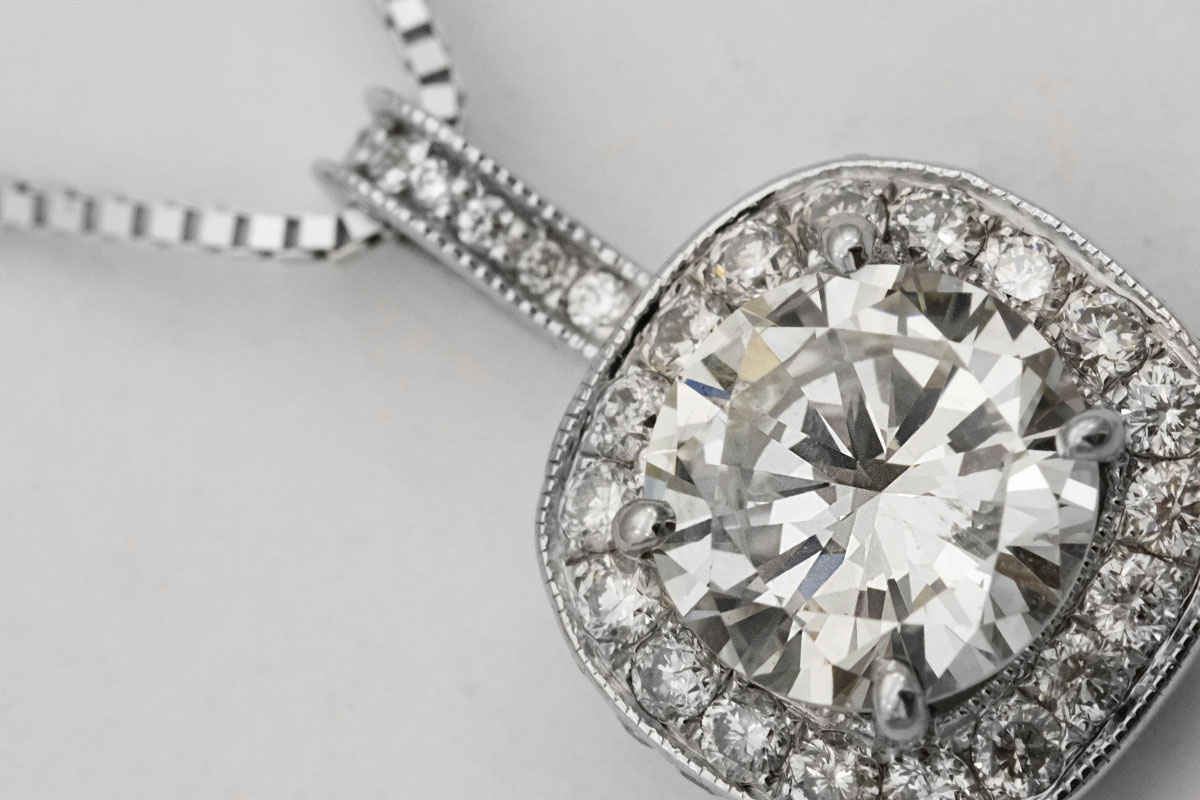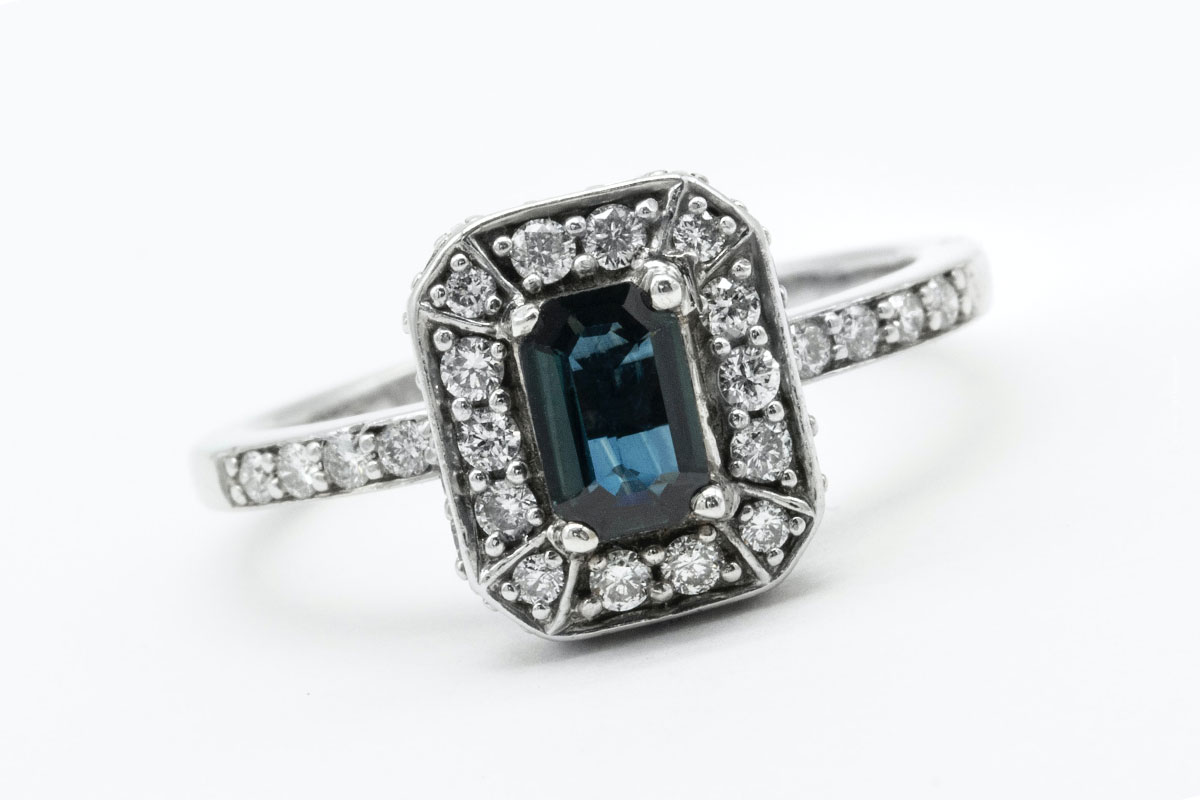Zircon Cut Types: Gemstones, Cutting Process, Royal Cut & Zircon Cut
Zircon Cut Types – By stone cutters, gemstones such as zircon are cut and polished into fantastic, extremely impressive gemstones with as little weight loss as possible. While some cut names describe the upward shape of the finished gemstone, others refer to the shape and arrangement of the gemstone’s facets. These cuts are also known as gem cut styles. The three most basic cut styles are brilliant, step cut, and mixed cut. For example, a “round brilliant diamond” has a round shape but a brilliant cut. Facet cutters can combine these styles to create many different gem designs.
Parts of a gemstone: crown, belt and pavilion
The crown is the upper part of the gem, from the top of the belt to the table. The average crown height is expressed as a percentage of the average girdle diameter. It can affect both the dispersion and brightness of a gemstone. The roundist is the area of the gemstone with the largest diameter. It surrounds the gemstone like a belt. If the roundel is too thin, it will have a negative effect on the stability of the diamond; if it is too thick, it will have a bad effect on the brilliance.
The pavilion is the lower part of a gemstone from the bottom edge of the girdle to the bowl. The depth of the pavilion is expressed as a percentage of the average girdle diameter. Too shallow or too deep a pavilion will allow light to leak out the side or bottom of the stone. A well-cut gemstone directs more light up through the crown.
On the crown of a stone, there are three different types of facets next to the tablet: eight star-shaped Star Facets, eight diamond-shaped Bezel Facets and 16 triangular Upper Crown Facets. The Pavilion features 16 Lower Girdle Facets, eight Pavilion Main Facets, and an optional Calette.
The culet is a small facet that forms the lower end of a gemstone. It has a great influence on its optical properties: if it is too large, much of the incident light will not be reflected. However, there are also stones with a pointed end without a culet. The tablet is the largest facet of a gemstone and is located on top of the crown. It is through it that light can enter the stone.
- Crown – upper part of the diamond
- Round list – outer edge of the gemstone
- Pavilion – lower part of the diamond
- Facets – three types of facets
- Calette – termination of the gemstone
- Table – largest facet of the gemstone
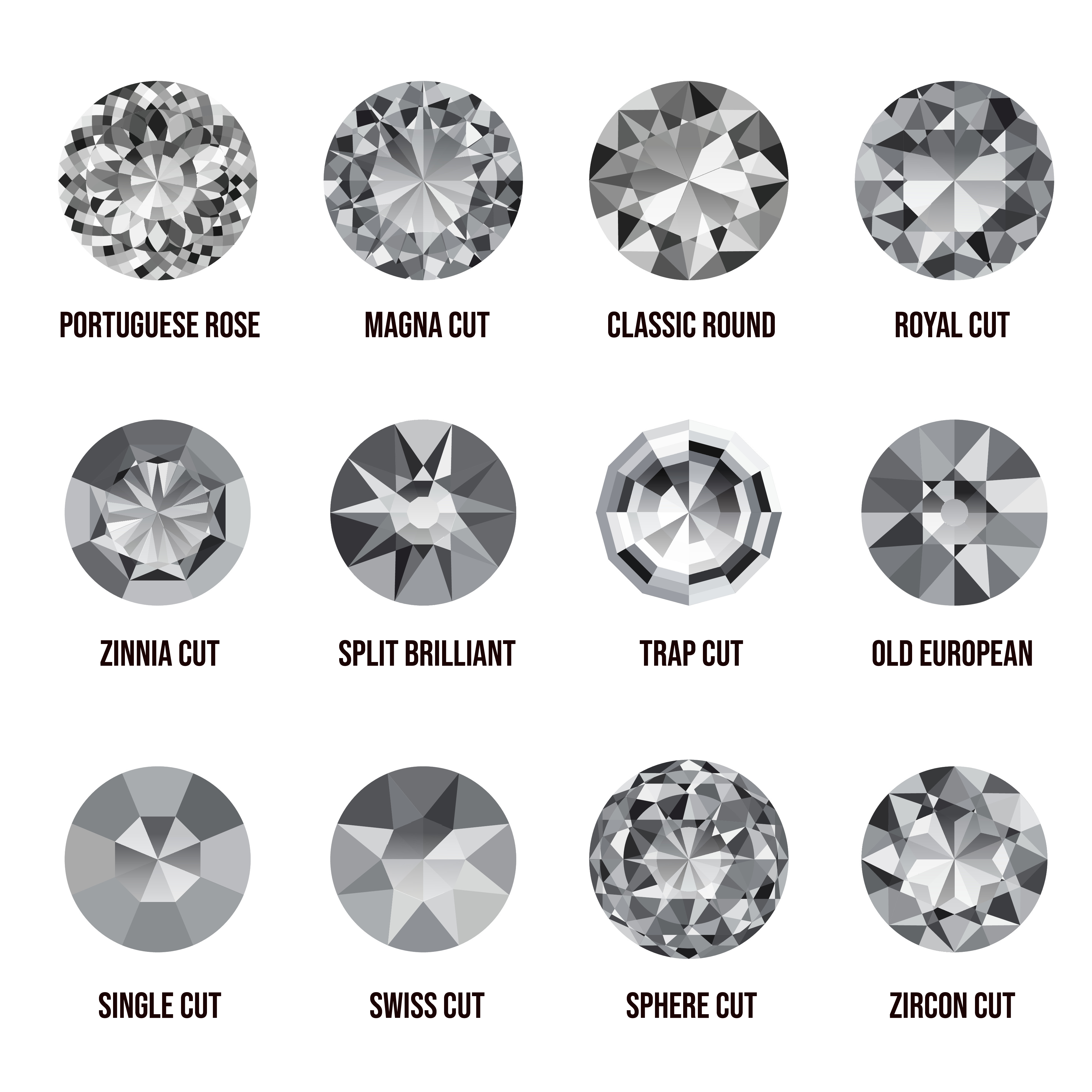
Cutting Process – Cutting, Ebouching, Faceting & Polishing
The cutter must first look at the raw stone and consider how to preserve as much of the raw substance as possible. In addition, he must take into account fracture lines and inclusions in the crystal, so that the stone does not break apart when cut. Once the stone is cut, it is given the raw form during ebouching on grinding wheels.
This is followed by faceting: In this step, flat surfaces, the so-called facets, are cut onto the stone. They are decisive for how the light refracts in the stone. The more precisely they are laid out and cut, the better a zircon, for example, will later reflect light rays and sparkle. Polishing is the final work step. The polisher has to hit exactly the surfaces that the cutter has specified. Many stone rarities have broken during this last step.
- Cutting
- Ebouching
- Faceting
- Polishing
Zircon Cut Types – Faceted Cut, Smooth Cut & Mixed Cut
Zircon is a popular gemstone that comes in almost every color and is often used as a diamond substitute. The color of zircon can be changed by heat and the gemstone is usually found as a round or oval faceted cut. Colorless zircon is sometimes used as a less expensive alternative to diamond. Zircon should not be confused with cubic zirconia, as cubic zirconia is a synthetically manufactured stone that is used in inexpensive costume jewelry. The hardness of zircon varies from 6.5 – 7.5.
If one starts from the optical appearance of the cut gemstones, one can recognize three main types of cut, the so-called cut types:
- Facet cut
- Smooth grinding
- Mixed grinding
There are four quality factors that determine the value of a zircon, namely color, weight in carats, clarity and cut. Here you can find the most common cuts of zircon gemstones:
- Portuguese Rose
- Magna Cut
- Classic Cut
- Royal Cut
- Zinnia Cut
- Split Brilliant
- Trap Cut
- Old European
- Single cut
- Swiss Cut
- Sphere Cut
- Zircon Cut
Portuguese Rose – Portuguese Rose
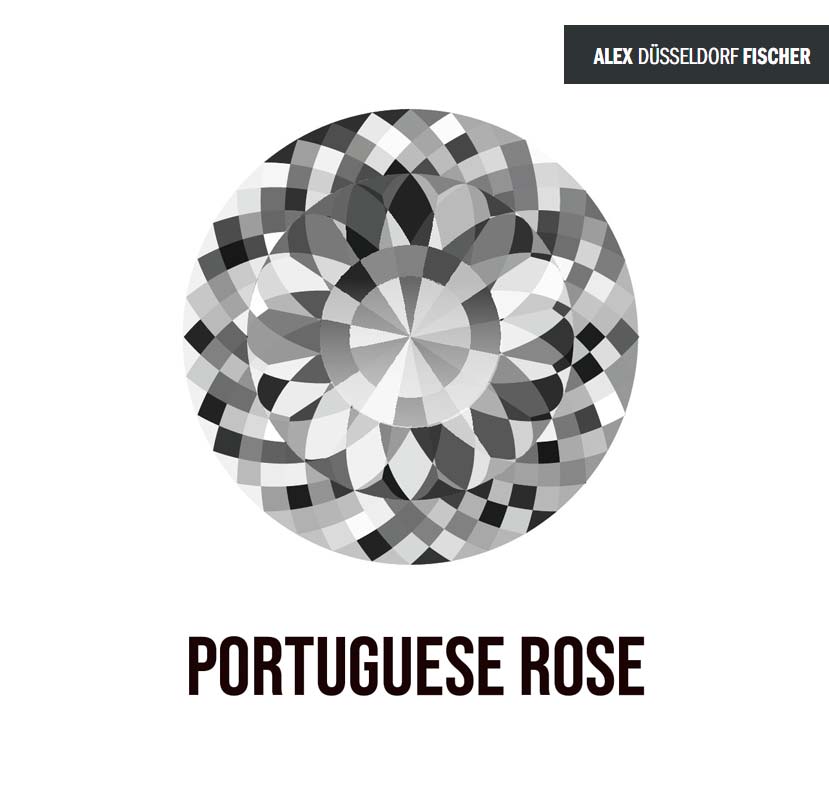
Magna Cut – Magna Cut
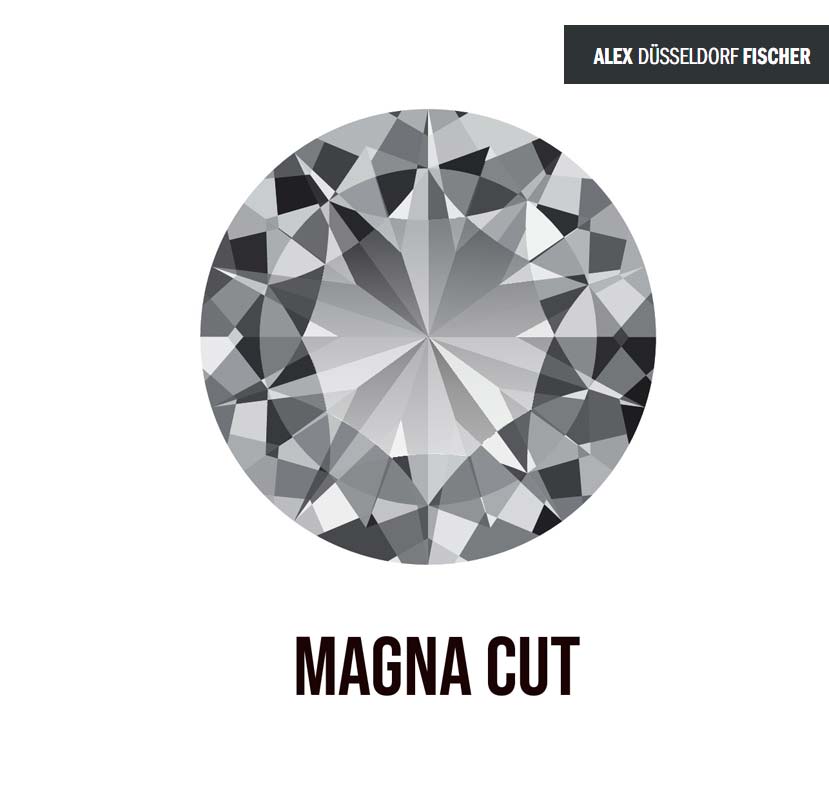
Classic Cut – Classic Cut

Royal Cut – Royal Cut
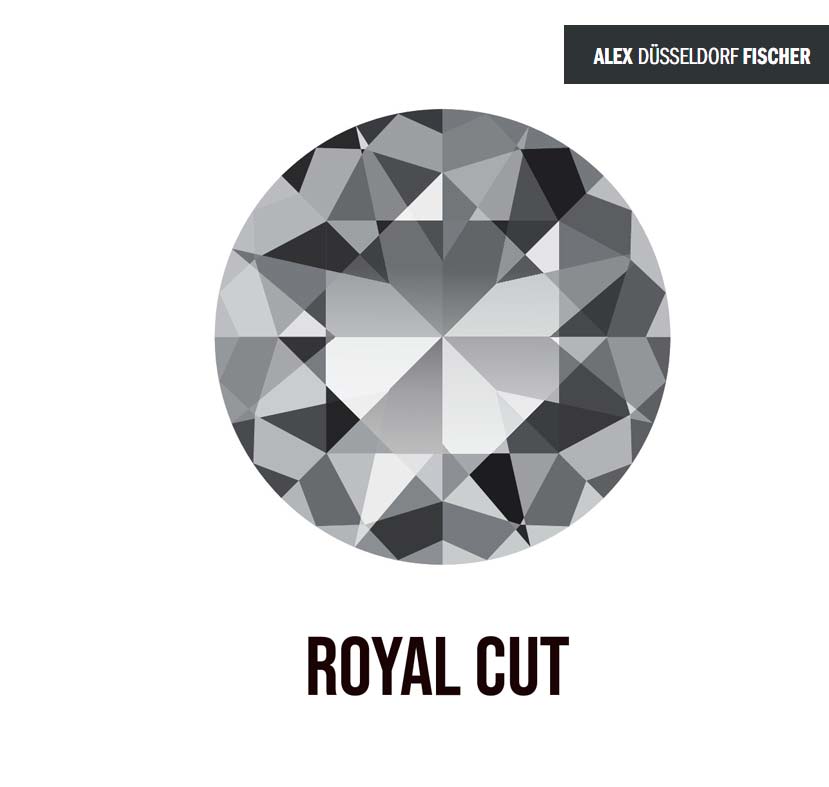
Zinnia Cut – Zinnia Cut
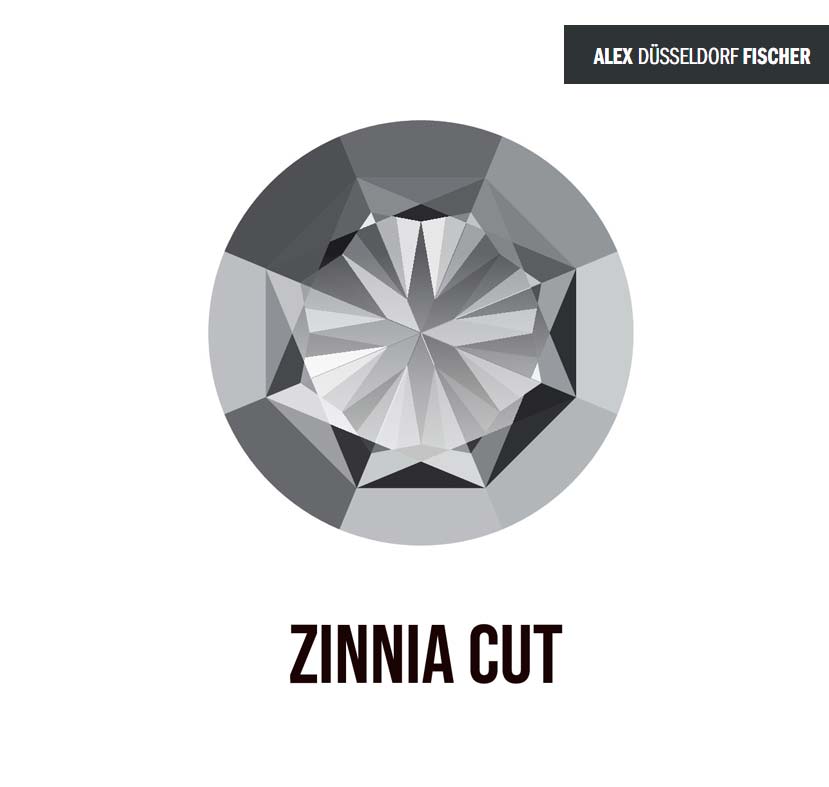
Split Brilliant – Split Brilliant
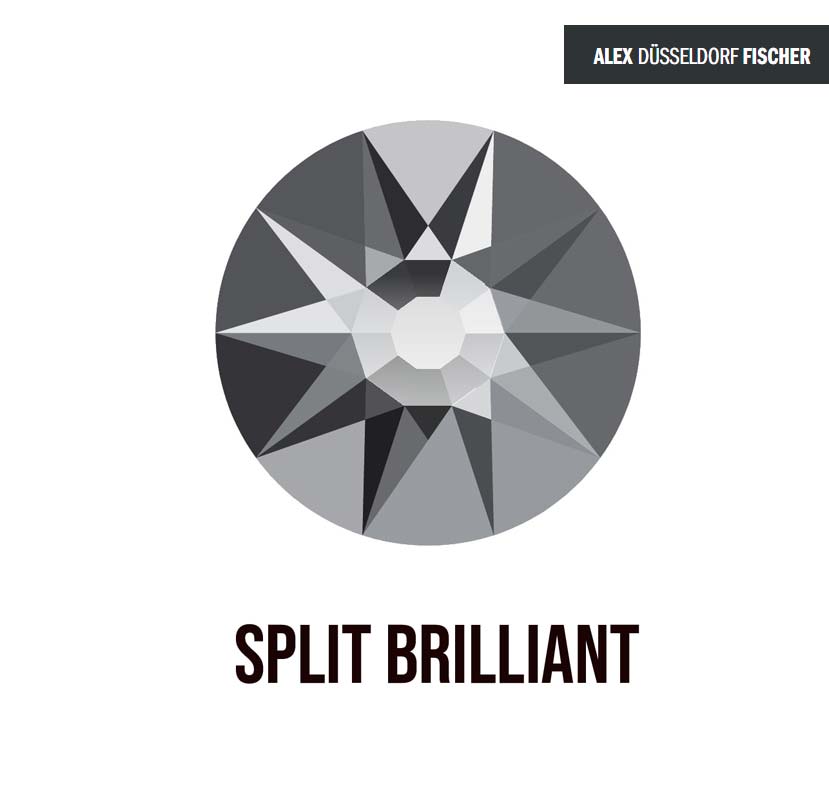
Trap Cut – Trap Cut
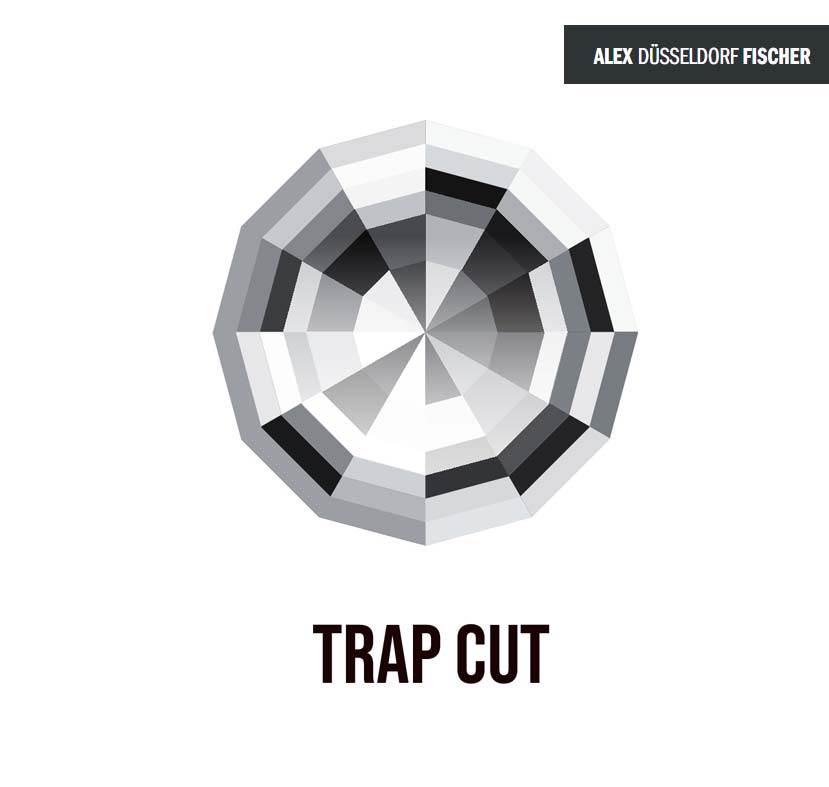
Old European – Old European Cut

Single Cut – Single Cut
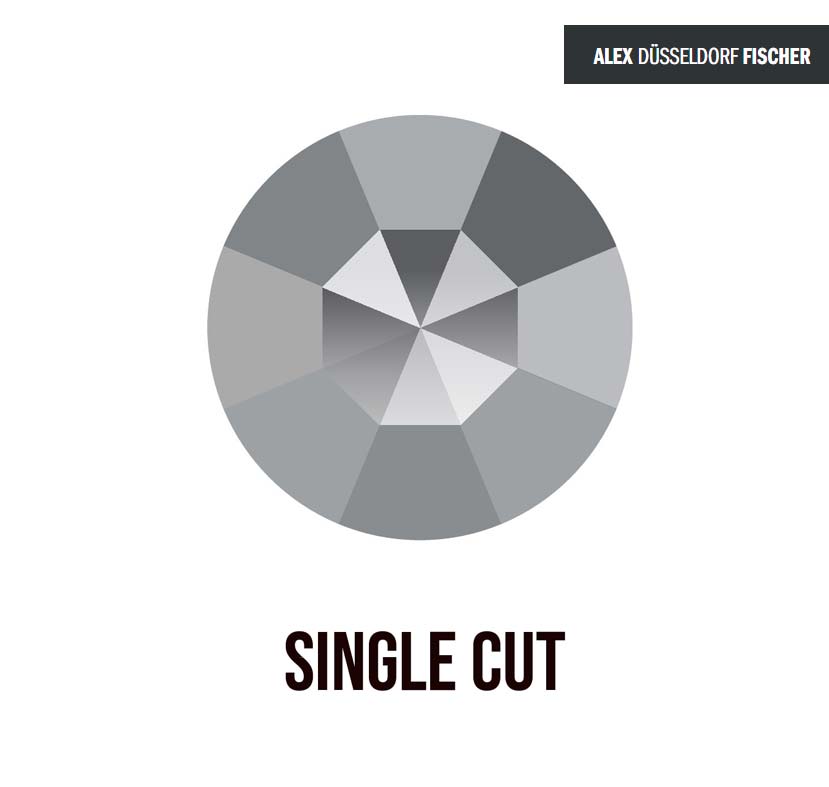
Swiss Cut – Swiss Cut
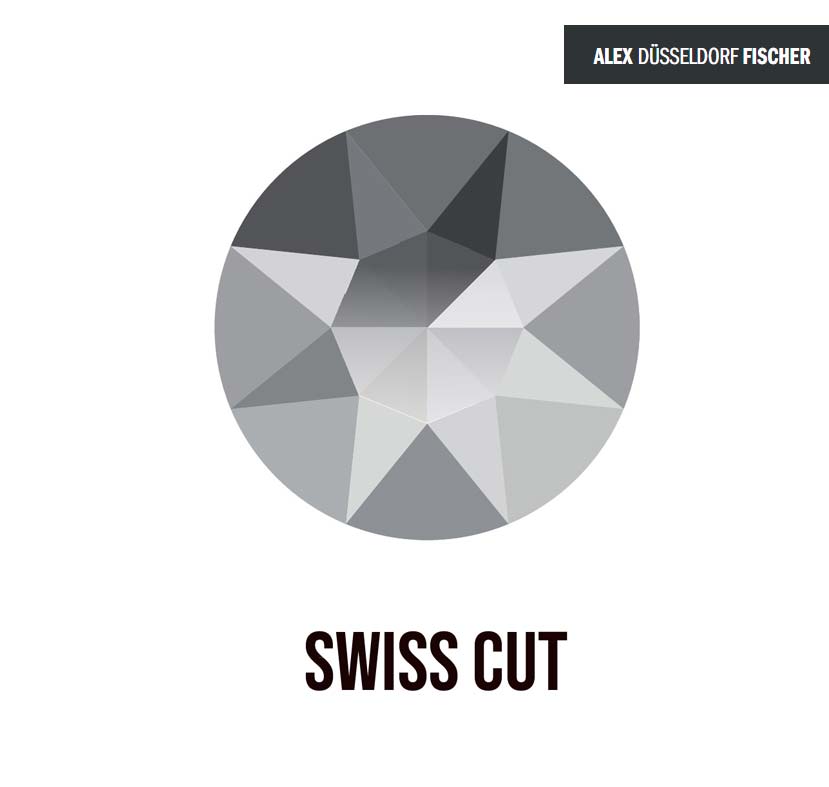
Sphere Cut – Sphere Cut
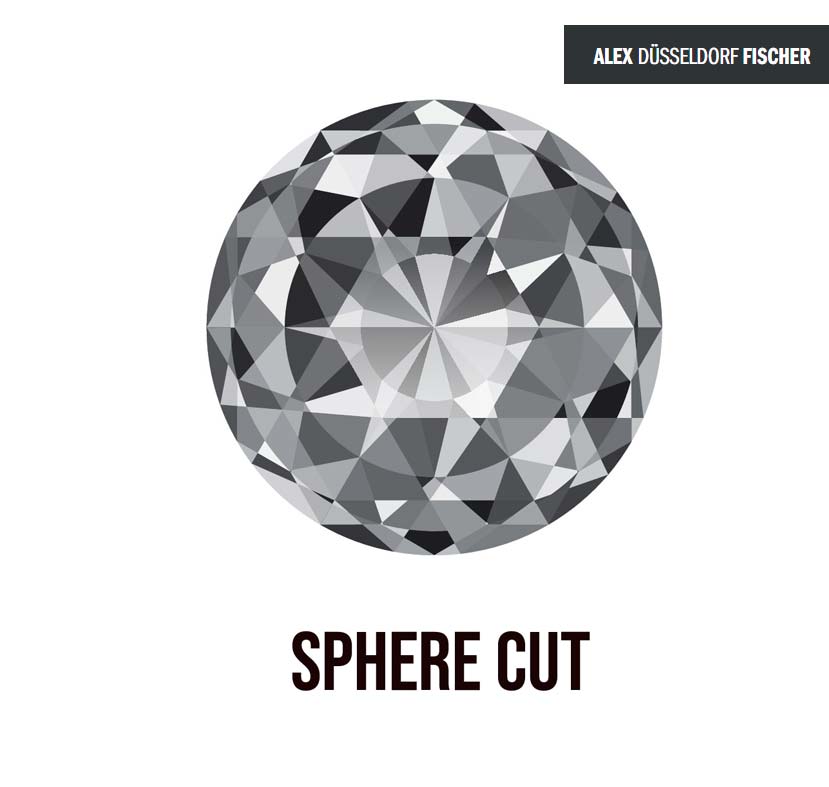
Zircon Cut: Zircon cut
